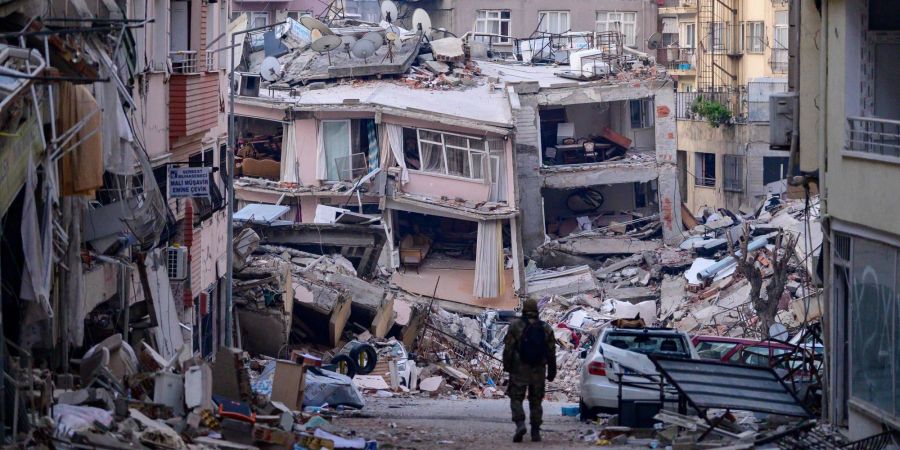

An earthquake is a natural phenomenon that occurs when there is a sudden release of energy in the Earth's crust, resulting in seismic waves. It is one of the most destructive and unpredictable forces of nature. Earthquakes can cause widespread damage to buildings, infrastructure, and the environment, and can also lead to loss of life and injuries. Understanding earthquakes is crucial for scientists and engineers to develop measures to mitigate their impact and improve the safety of communities.
The energy that causes an earthquake is generated by the movement of tectonic plates, which are large sections of the Earth's crust that float on the semi-fluid mantle beneath them. These plates are constantly in motion, albeit at an extremely slow pace, due to the convective currents in the mantle. The boundaries where two plates meet are known as fault lines, and it is along these fault lines that earthquakes typically occur.
The point within the Earth's crust where an earthquake originates is called the hypocenter or focus. The point directly above the hypocenter on the Earth's surface is called the epicenter. The severity of an earthquake is measured using various scales, such as the Richter scale or the moment magnitude scale. These scales quantify the amount of energy released during an earthquake and provide an estimate of its magnitude.
During an earthquake, seismic waves radiate outwards from the hypocenter, causing the ground to shake. There are three main types of seismic waves: primary (P) waves, secondary (S) waves, and surface waves. P waves are the fastest and can travel through both solids and liquids. S waves are slower and can only travel through solids. Surface waves are the slowest but cause the most damage, as they move the ground in a rolling or swaying motion.
The effects of an earthquake can vary depending on various factors, including its magnitude, depth, distance from populated areas, and local geology. The shaking of the ground can lead to the collapse of buildings, landslides, and the rupture of underground infrastructure such as pipelines and cables. Earthquakes can also trigger secondary hazards like tsunamis if they occur underwater or near coastlines.
Seismologists study earthquakes to better understand their characteristics and predict their occurrence. They use seismographs and other instruments to measure and record seismic waves. By analyzing the data collected, scientists can determine the location, depth, and magnitude of an earthquake. This information is crucial for issuing timely warnings and implementing emergency response plans.
In earthquake-prone regions, building codes and engineering practices are designed to withstand seismic activity. Structures are constructed with flexible materials and innovative designs to absorb and dissipate the energy of an earthquake. Retrofitting existing buildings and infrastructure is also an important strategy to enhance their resilience.
Public awareness and preparedness play a vital role in minimizing the impact of earthquakes. Communities in earthquake-prone areas are educated on safety measures, such as drop, cover, and hold on during an earthquake, and the importance of creating emergency kits and evacuation plans. Early warning systems that detect the initial, less damaging seismic waves and provide seconds to minutes of advance notice are being developed to further improve preparedness.
Earthquakes are powerful natural events that result from the movement of tectonic plates. They can cause significant damage and loss of life. However, through scientific research, engineering advancements, and public preparedness, efforts are being made to reduce the impact of earthquakes and protect vulnerable communities.
Thanks for reading my blog❤❤❤.
